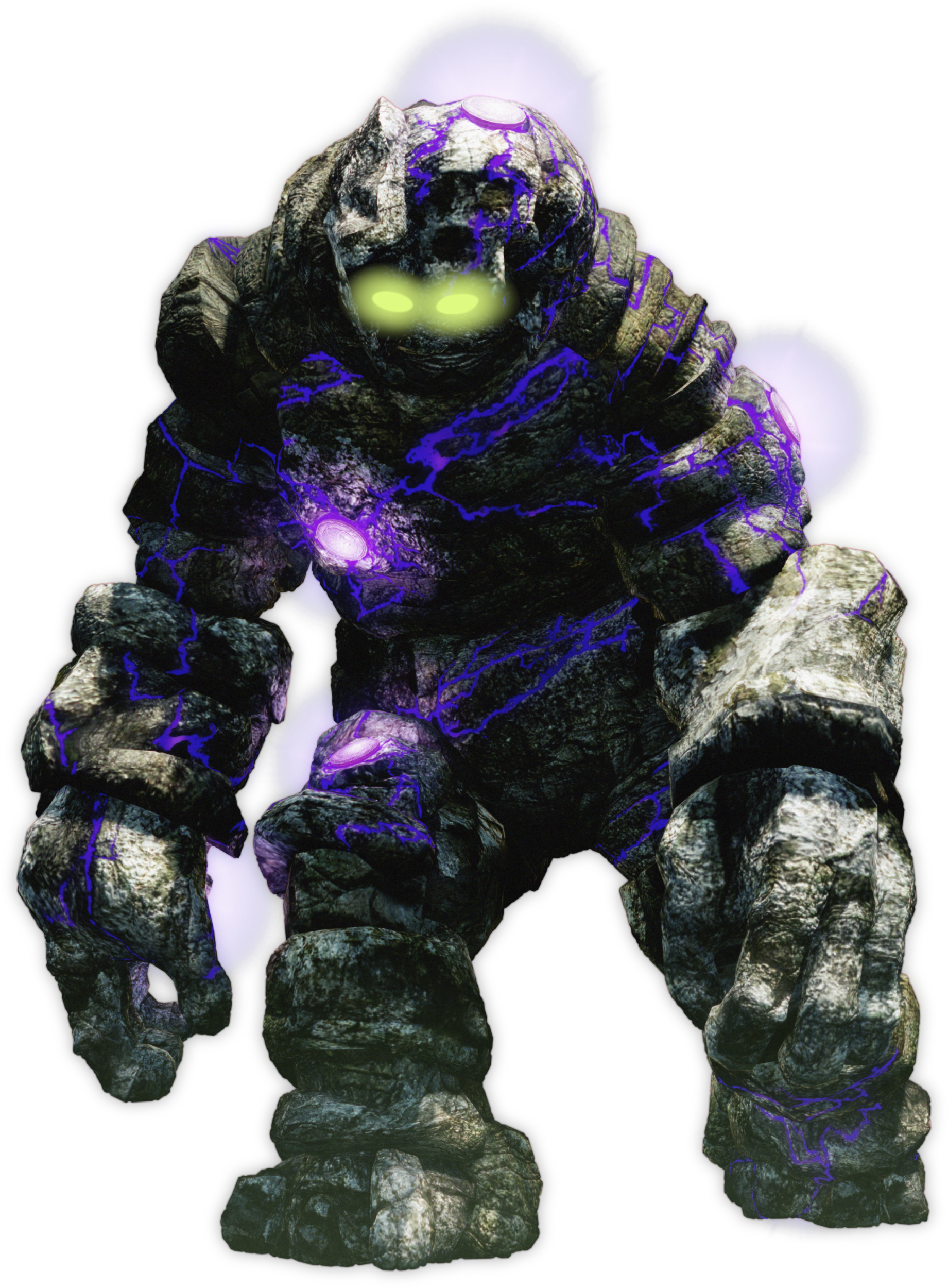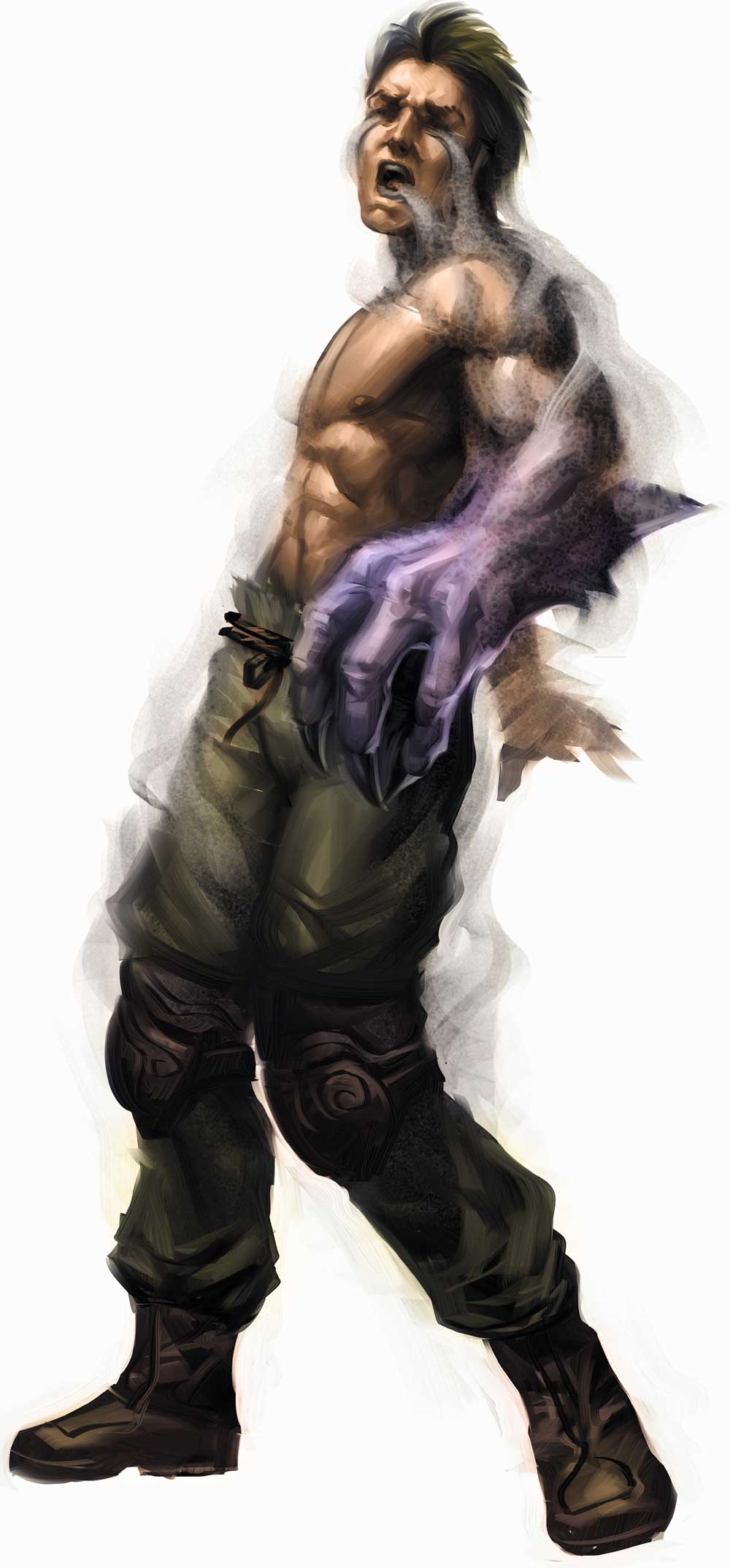This supplement will be very short, and I'm working on it literally right now. It's gonna be called "Perils of the Wastes," and it will add a dose of weirdness to any Other Dust campaign.
Perils of the Waste will detail about 60 new monsters, possibly more, for use in any Other Dust campaign. Divided between technological threats, mutant aberrations and alien monstrosities, plenty of weird, yet familiar, creatures can stalk the halls of your ruins.
I'm also going to detail some super-futuristic traps and hazards, such as laser grids, sewage spills and more.
Each "section" of creatures will also have details to play some new Other Dust races: the Rootfolk (already published in this blog), cyborgs and aliens. Hell, I may even throw in some experimental alien tech.
Below are the first three monsters for the "Technological Terrors" chapter: the Cell Spider, Cerebrum and Chromehound
Cell Spider
No. Enc: 1
Movement: 20’
AC: 8
HD: 1–2
Attacks: +5/Burrow
Damage: Special
Save: 15
Morale: 10
Loot Type:
Skill Bonus: +1
Cell
spiders are crafty robotic creatures about the size of a palm. They look
similar to spiders, but they are robotic, only have four legs and no distinct
head. They have a minor shapeshifting ability that allows them to temporarily
look like any hand held device, such as a cellphone, dataslab or a GPS device. A
perception roll of 11 or higher will reveal the creature for what it truly is.
When the
cell spider sees the moment is right, it will snap out of its alternate form
and begin violently burrowing into the holder. Its target is the brain, and it
takes 1d4 rounds for it to reach it. If the cell spider ever reaches the brain,
it instantly kills its host. For every round in between the spider’s voyage,
the victim takes 1d6+2 damage. The cell spider can be “dug out” with a knife or
other sharp object, but this requires a successful Physical Effect save. If
successful, the cell spider is removed and the victim takes 1d4 damage from the
knife wound.
Cerebrum
No. Enc: 2d4 (1d20)
Movement: 30’ land, 20’ flight (case only)
AC: 5
HD: 3
Attacks: +4/weapon, +2 Ram (case only)
Damage: By weapon, 1d4 (ram)
Save: 11
Morale: 7
Loot Type:
Skill Bonus: +2
Cerebrums
are brains in jars, to put it bluntly. Powerful psychics that had enough of
their puny, mortal bodies, they had their brain surgically removed and placed
in a life-sustaining plastic capsule. The capsule was then mounted on an
intimidating robot body. In dire straits, a Cerebrum can detach the case from
the body. The case has small boosters that allow it to fly away and escape,
though the case itself is relatively defenseless. Cerebrums often have at least
one psychic power, perhaps two.
Cerebrums
are enslavers who capture people to experiment on their minds. The large amount
of psychic energy they possess has caused their minds to collapse, and few have
rational thoughts any more.
Chromehound
No. Enc: 1d4
Movement: 40’
AC: 6
HD: 4
Attacks: +4/Bite and paralyze
Damage: 1d6
Save: 13
Morale: 4
Loot Type:
Skill Bonus: +1
Chromehounds
are robotic dogs that appear as feral wolfs. Covered in glistening metal with
massive haunches and steel fangs, they are ruthless hunters and trackers. They
often prowl alone, serving as a “retriever” for their master.
The
chromehound’s teeth drip a powerful neurotoxin that almost instantly paralyzes
anyone it bites. When bitten by a chromehound, you must make a Physical Save
effect or become completely paralyzed within 2 rounds. When paralyzed, you can
still feel sensation and you are aware of everything, but you are as still as
stone. This poison lasts about 6 hours, often long enough for the chromehound
to drag its victim back to its master.




